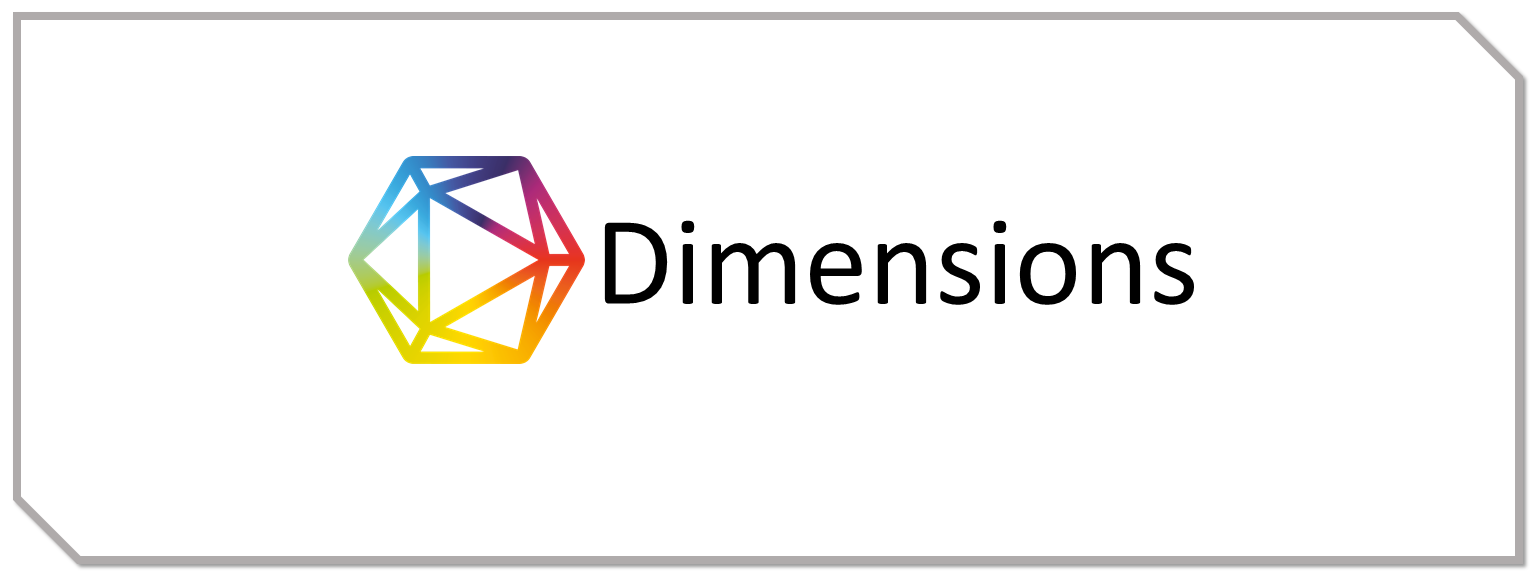The Role of Social Media in Driving Community Innovation: A Mixed-Methods Study on Challenges and Opportunities in the Digital Age
DOI:
https://doi.org/10.51903/manajemen.v5i1.961Keywords:
Social media driven, community, innovationAbstract
Social media has increasingly become a driving force for community innovation in cyberspace. Platforms such as Facebook, WhatsApp, Instagram, and TikTok have empowered individuals and groups worldwide to collaborate, share ideas, and innovate collectively. However, despite these opportunities, social media also presents significant challenges, including misinformation, algorithmic bias, and issues surrounding trust and privacy. Utilizing a mixed- methods research approach, this study combines quantitative surveys and qualitative interviews to assess the impact of social media on community innovation. Data will be analyzed using descriptive statistics and thematic analysis to understand engagement, collaboration patterns, and the challenges faced by users. The study aims to contribute to existing research by providing insights into how social media platforms can be optimized for innovation and what strategies can be employed to overcome the digital divide and algorithmic biases. This study finds social media significantly enhances community innovation, with surveys indicating 95% faster collaboration, 100% idea generation efficiency, and 90% solution implementation post- adoption. Persistent challenges include misinformation (84% agreement), algorithmic bias limiting diversity (90%), and access gaps excluding marginalized groups (87%). Mixed- methods data reveal a paradox: platforms democratize innovation yet perpetuate inequities. Opportunities emerge in algorithmic transparency (80% agreement) and policy-driven digital inclusion (78%). Reforms prioritizing ethical governance, transparent AI, and inclusive infrastructure are critical to equitably harness social media’s potential as a global innovation catalyst.
References
Alzaidi M. S., & Agag, G. (2022). The role of trust and privacy concerns in using social media for e-retail services: The moderating role of COVID-19. Journal of Retailing and Consumer Services, 68, 103042. https://doi.org/10.1016/j.jretconser.2022.103042
Benkler, Y. (2006). The wealth of networks. Yale University Press. https://doi.org/10.4324/9781315228730-9
Boyd, d. (2018). You think you want media literacy… do you? Data & Society.
Bucher, T. (2012). The friendship assemblage: Investigating programmed sociality on Facebook. Television & New Media.
Cao, X., Guo, X., Vogel, D., & Zhang, X. (2021). Exploring the influence of social media on employee creativity: The mediating roles of knowledge sharing and work engagement. Information & Management, 58”(3), 103411. https://doi.org/10.1016/j.im.2020.103411
Chung, C. F., Cook, J., Bales, E., Zia, J., & Munson, S. A. (2020). More than telemonitoring: Health provider use and nonuse of life-log data in chronic illness management. “Proceedings of the ACM on Human-Computer Interaction, 4”(CSCW1), 1–23.
Couldry, N., & Mejias, U. A. (2019). The costs of connection: How data is colonizing human life. Stanford University Press.
Dahlander, L., & Wallin, M. W. (2020). Why now is the time for open innovation.
“Harvard Business Review”.
Dwivedi, Y. K., Ismagilova, E., Hughes, D. L., Carlson, J., Filieri, R., Jacobson, J., ... Wang, Y. (2021). Setting the future of digital and social media marketing research: Perspectives and research propositions. International Journal of Information Management, 59, 102168. https://doi.org/10.1016/j.ijinfomgt.2020.102168
Freelon, D., Wells, C., & Bennett, W. L. (2020). Participation divides: Political and digital inequalities in youth activism. “Information, Communication & Society, 23”(6), 858–875. https://doi.org/10.1080/1369118X.2020.1713847
Fujimori, A., Yamazaki, T., Sato, M., Hayashi, H., Fujiwara, Y., & Matsusaka, T. (2015). Study on influence of internal working models and gender differences on addiction of social network sites in Japanese university students. “Psychology, 6”(14), 1832–1840. https://doi.org/10.4236/psych.2015.614179
Gillespie, T. (2018). “Custodians of the Internet”. Yale University Press.
Hilbert, M. (2020). Digital inequality: A conceptual and measurement framework. “Information, Communication & Society, 23”(1), 5–22. https://doi.org/10.1080/1369118X.2018.1471038
International Telecommunication Union. (2022). “Measuring digital development: Facts and figures 2022”.
Islam, A. K. M. N., Laato, S., Talukder, S., & Sutinen, E. (2020). Misinformation sharing and social media fatigue during COVID-19: An affordance and cognitive load perspective. “Technological Forecasting and Social Change, 159”, 120201. https://doi.org/10.1016/j.techfore.2020.120201
James, J., Versteeg, M., & Mohamed, A. (2020). Bridging the digital divide in sub- Saharan Africa: Is access to ICT sufficient? “Information Development, 36”(3), 366– 376.
Jenkins, H., Clinton, K., Purushotma, R., Robison, A. J., & Weigel, M. (2009).
“Confronting the challenges of participatory culture: Media education for the 21st century”. MIT Press.
Kumar, S., (2021). Social media and public health advocacy. “JMIR Public Health and Surveillance”.
Latour, B. (2005). “Reassembling the social: An introduction to actor-network-theory”. Oxford University Press.
Marín-Vinuesa, L. M., & Gómez-Melero, E. (2021). Social media as a tool for open innovation in SMEs: Impact on innovation performance. “Technological Forecasting and Social Change, 162”, 120341. https://doi.org/10.1016/j.techfore.2020.120341
McDermott, E., Graham, H., & Hamilton, V. (2021). Grassroots digital innovation for health and wellbeing: A participatory study of digital technology use in disadvantaged communities.“Health & Place, 67”, 102496. https://doi.org/10.1016/j.healthplace.2020.102496
Middelstadt, B. D. (2021). Principles alone cannot guarantee ethical AI. “Nature Machine Intelligence, 3”(1), 12–15. https://doi.org/10.1038/s42256-020-00204-4
Min, A. (2023). Artificial intelligence and bias: Challenges, implications, and remedies.
“Journal of Social Research, 2”(11), 3808–3817. https://doi.org/10.55324/josr.v2i11.1477
Nemorin, S., & Selwyn, N. (2020). Making sense of algorithmic content moderation: Social media and the (im)possibility of removing bias. “New Media & Society, 22”(6), 1031–1048. https://doi.org/10.1177/1461444819875992
Pham, M. T., & Mesquita, A. (2020). How social media promotes collaborative innovation: A systematic review. “Journal of Open Innovation: Technology, Market, and Complexity, 6”(3), 74. https://doi.org/10.3390/joitmc6030074
Robinson, L., Cotten, S. R., Ono, H., Quan-Haase, A., Mesch, G., Chen, W., Stern, M.
J. (2020). Digital inequalities and why they matter. “Information, Communication & Society, 23”(1), 1–16. https://doi.org/10.1080/1369118X.2019.1647223
Rogers, E. M. (2003). “Diffusion of innovations” (5th ed.). Free Press.
Shirky, C. (2008). “Here comes everybody: The power of organizing without organizations”. Penguin Books.
UNESCO. (2021). “The state of broadband 2021”.
Van Dijck, J. (2018). “The platform society”. Oxford University Press.
Van Dijck, J., & Poell, T. (2021). Social media platforms and education: A review of critical scholarship.
Wicks, P., et al. (2018). PatientsLikeMe: Ethical challenges in social networking for health. “Journal of Medical Ethics”.
Zuboff, S. (2019). “The age of surveillance capitalism: The fight for a human future at the new frontier of power”. PublicAffairs.











.png)
